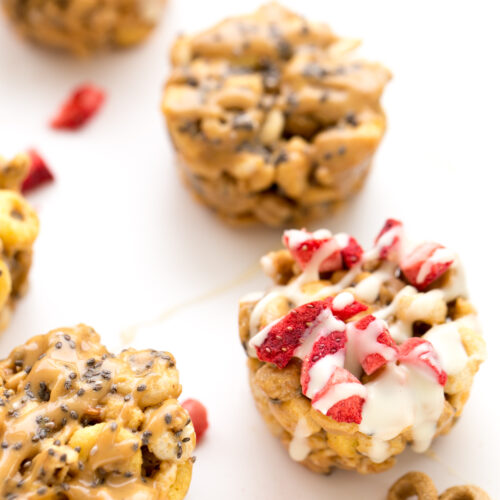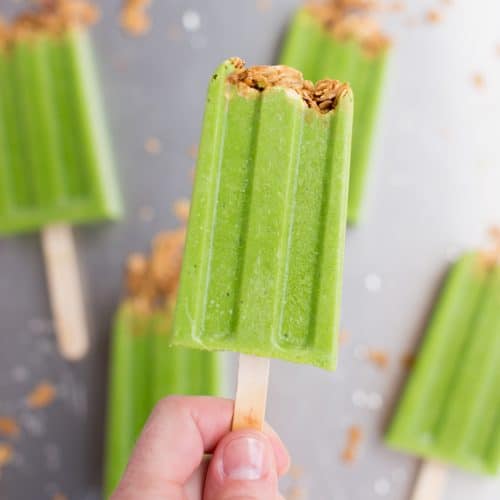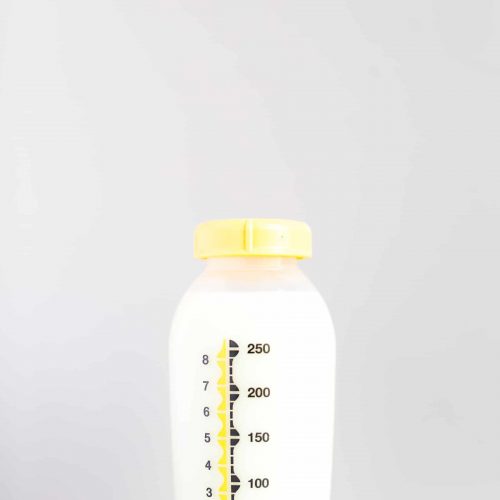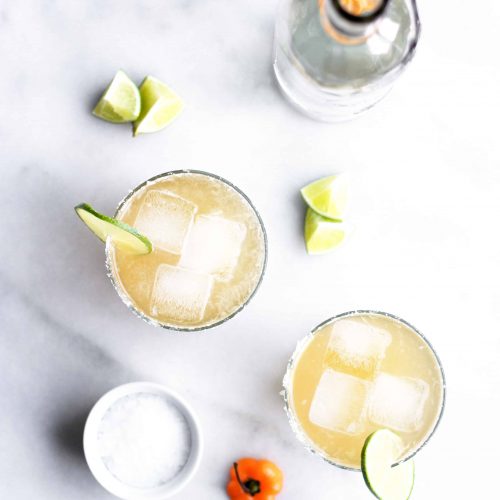
Cornstarch is a common ingredient in cooking and packaged foods. Here’s the low-down on what it is, how it’s used, and how it can effect your health.
What is cornstarch?
Cornstarch is starch made from corn, made from the white endosperm at the heart of a corn kernel. To get to the endosperm, the kernels are processed to remove the outer layers and shell. The endosperms are ground up into the fine, white, gritty powder we know as cornstarch. The key word here is processed.
What is modified cornstarch?
Modified cornstarch has been physically, enzymatically, or chemically altered to increase shelf life, improve its ability to tolerate more extreme temperatures, or enhance the starch’s desired effect. For example, a modified cornstarch might keep a sauce thicker for a longer period of time.
In this case, modified does not mean genetically modified, however its likely that non-organic or non-GMO modified corn starch are made from genetically modified corn.
Modified starch is often used in “instant” foods, like gravy packets, instant puddings, and meals or mixes that only require you to add hot water.
How is cornstarch used in cooking?
Thickener
Cornstarch is used frequently as a thickener in sauces, stews, gravy, and even yogurt. It thickens almost twice as much as flour and thickens clear in liquids rather than opaque.
Baked goods
Cornstarch is frequently used in baking to give foods structure, fullness, and moisture.
Fried foods
Cornstarch in batter gives fried foods a light and crispy texture.
What nutrition does corn starch have?
Cornstarch is essentially all carbohydrate, containing approximately 7 grams of carbohydrate and 30 calories per tablespoon.
Cornstarch does not contain any protein, fat, vitamins, minerals, or fiber. When added to recipes, it can add calories that you may normally not consider because it’s similar in color and texture to baking soda or baking powder which have no calories.
Is cornstarch unhealthy?
Cornstarch isn’t unhealthy in small amounts, however it does add calories and carbohydrates to foods. Like any refined carbohydrate, it’s okay to consume in moderation, or you can use some of the substitutes listed below.
Corn starch is added to many highly processed and packaged foods which tend to be high in refined grains, added sugars, and sodium. You can avoid corn starch by reading food labels carefully. Most yogurts have thickeners, —corn starch, pectin or something similar— but real Greek yogurt is incredibly thick and doesn’t contain corn starch.
Is corn starch healthy for weight loss?
Consuming cornstarch in small quantities, like in a healthy, home-cooked meal, will have minimal impact on weight loss. Most recipes usually call for just 1-2 tablespoons, adding anywhere from 30-60 calories and 7-14 grams of carbohydrate to the entire dish.
Cornstarch is also commonly found in processed and packaged foods, which tend to be higher in calories, fat, and sugar and can effect weight loss.
Is cornstarch gluten-free?
Cornstarch is naturally gluten-free however there is always the possibility of cross-contamination during processing. If you are highly sensitive to gluten, look for one that is certified gluten-free to ensure it contains less than 20 parts-per-million (ppm) of gluten, the lowest level that can be consistently detected in foods using valid scientific analytical tools.
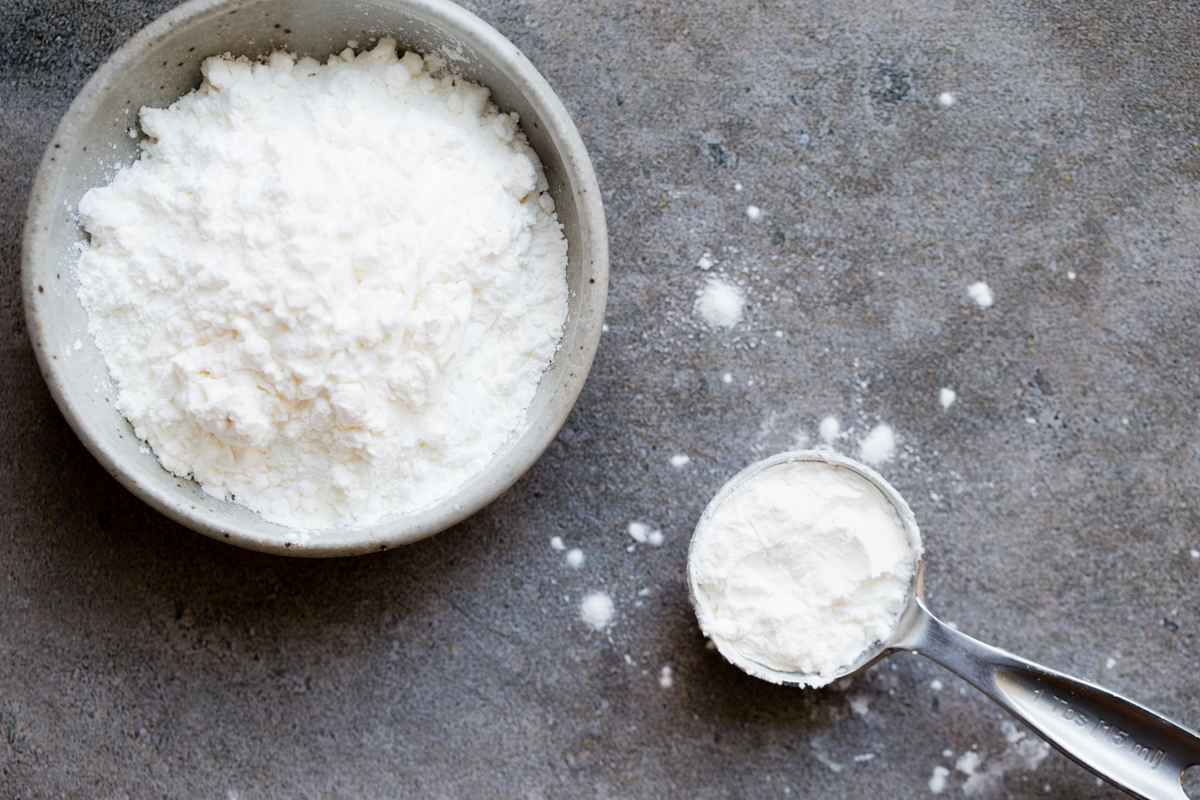
Is organic cornstarch healthier?
Nutritionally organic and non-organic cornstarch are the same. However, If you want to avoid genetically modified organisms (GMOs) and potentially harmful pesticides, opt for organic cornstarch since conventional corn is commonly genetically modified and treated with potentially harmful pesticides.
What are some healthier substitutes for corn starch?
If you’re looking for healthier substitutes, here are some you might consider:
Heat reduction
Good ol’ evaporation will thicken anything you are trying to cook. Simmer sauces uncovered, over low heat for a period of time and your sauce or soup will thicken on its own.
Pureed beans and vegetables
Pureed vegetables and beans are great for thickening sauces, homemade soups, casseroles. Cooked zucchini, onions, eggplant, cauliflower, squash, and pumpkin get very soft with cooking and are easy to puree. Additionally, canned beans (especially white beans) are great thickeners as well — just drain and rinse them to reduce the sodium. These types of foods actually increase the nutritional value of recipes since they also contain healthy vitamins, minerals, fiber, and antioxidants.
Whole wheat flour
Whole wheat flour has both B vitamins and fiber, two nutrients cornstarch does not. Since cornstarch has twice the thickening power of flour, you will need to double the amount of flour in recipes.
Tapioca flour
Tapioca flour is a great binder and thickener that is also gluten-free and vegan.
Arrowroot powder
Arrowroot powder has fewer calories and carbohydrates than cornstarch, and contains protein, potassium, iron, magnesium, B vitamins and vitamin C.
Greek yogurt
Plain Greek yogurt will thicken and add creaminess to dishes. For best results, stick with full-fat and add it at the end of cooking to minimize separation and curdling.
Flaxseed meal
Ground flax seed can be a bit gritty but it works great as an egg substitute especially in baked goods.
Nut butters
Nut butters are a good source of healthy fats, fiber, protein and can also thicken recipes, especially sauces. Just keep in mind most nut butters have about 90-95 calories and 9 grams of fat per tablespoon.
The Takeaway.
Avoiding cornstarch in large quantities or in processed foods is a good idea because it is calorically dense and has little nutritional value. However, if a recipe calls for a small amount (1-2 tablespoons) the calories and carbohydrates cornstarch will contribute to the recipe likely won’t impact overall health or weight loss.
Want more nutrition-related articles?
Pin this Article


